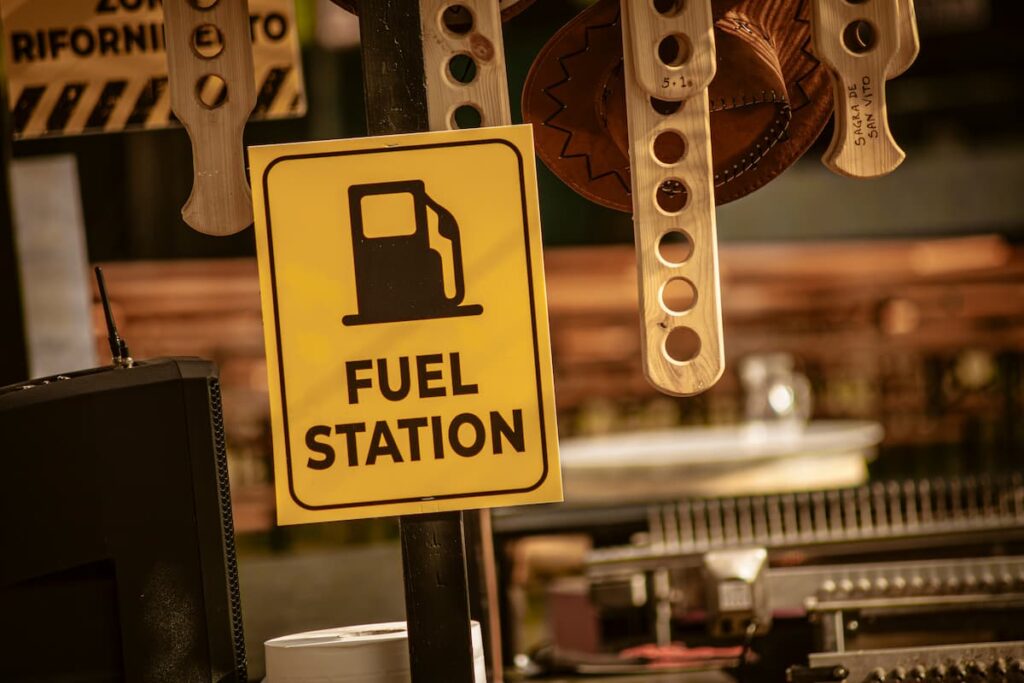A Devastating Blast in Eastern Rome
A massive explosion at a gas station in the Prenestino neighborhood sent shockwaves through the Italian capital, leaving over 20 people injured and causing widespread alarm. The powerful blast, which occurred early in the day, originated from a fuel distributor handling gasoline, diesel, and liquefied petroleum gas (LPG). Thick clouds of smoke and fire quickly filled the sky as emergency services scrambled to contain the situation.
Among the injured were nine police officers, one firefighter, and sixteen civilians, including the station’s manager. Despite the magnitude of the explosion, none of the injuries were considered life-threatening. Several individuals were hospitalized for minor burns and cuts caused by shattered glass.
The incident severely damaged the gas station, reducing much of the structure to debris. The shockwave also impacted surrounding buildings, highlighting the intensity of the explosion and raising concerns about safety protocols at urban fuel facilities.
Emergency Responders Caught in the Chaos
Initial reports indicate that the blast was triggered when a truck struck a pipeline at the gas station. Firefighters and ambulance crews had already been deployed to the scene before the explosion, responding to the earlier impact. Unfortunately, they were still on-site when the fuel ignited, and some were caught in the resulting fireball.
The fire department confirmed that the blaze was still active hours after the explosion, with teams working on controlling the flames and preventing further damage. One firefighter was taken to the hospital due to injuries sustained during the incident.
This unexpected escalation has sparked renewed discussions about safety measures for first responders, particularly when dealing with volatile materials such as LPG. The rapid progression from an initial pipeline impact to a major explosion underscores the dangerous conditions these teams often face.
Community Response and Youth Safety
Just across the street from the gas station, a local sports center was hosting a summer camp for children. Thankfully, the center was evacuated in time, and no injuries among the youth or staff were reported. The quick actions of the facility’s personnel likely prevented a much more tragic outcome.
Residents in the area described the scene as terrifying, with a deafening blast followed by a wall of smoke and fire. The explosion caused panic throughout the neighborhood, prompting a rapid and coordinated emergency response.
Authorities praised the swift evacuation efforts and have since launched a full investigation into the events leading up to the explosion. Safety evaluations of nearby infrastructure are underway, and officials are working to provide support for those affected.
National Attention and Ongoing Investigation
The incident captured the attention of national leaders. Religious and government figures expressed their solidarity with the victims and emergency workers involved. While the exact cause of the explosion remains under review, early signs point to a mechanical failure following the truck’s collision with the pipeline.
Emergency crews remained on-site throughout the day, monitoring the area for further risks and securing nearby structures. The investigation will focus on assessing whether the gas station complied with all safety regulations and whether any additional factors contributed to the magnitude of the blast.
The event serves as a stark reminder of the dangers posed by fuel storage and distribution in populated areas. It has reignited discussions around urban zoning laws and the placement of hazardous facilities near residential zones and community centers.
Local officials emphasized the importance of updated emergency preparedness plans and improved response training for incidents involving flammable substances. While the community begins to recover, the priority remains ensuring that a tragedy of this scale does not repeat itself.



